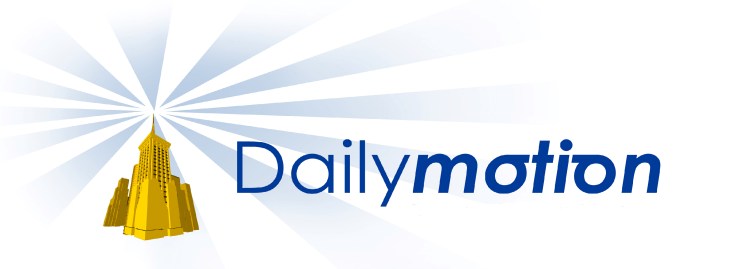Back in the heady days of the late aughts, there was a ton of money being invested in online video portals like Dailymotion, Metacafe, Veoh, Joost, and the like. With online video gaining traction and YouTube acquired by Google for a buttload of cash, the hope was that those sites would give rise to the future of video.
Well, that never really happened. With the exception of YouTube, which got plenty of help from Google along the way, ad-supported video aggregation sites have largely gone extinct, with most either going belly up and hitting the deadpool — or worse, being turned into ad networks. French video portal Dailymotion is one of the few exceptions, in part due to its large international audience.
Dailymotion claims to be the second-largest video platform in the world, but it’s dwarfed by YouTube, in terms of the number of video views it gets. And even though it’s still solvent (but on its way to being fully owned by French telco Orange), Dailymotion has finally realized that there’s not a whole lot of money to be made in ad-supported video. And so it’s diversifying, taking a step that many other video sites took many years earlier, and creating a white-label distribution platform for video publishers.
The new product, Dailymotion Cloud, will let anyone upload and host their videos in a fully customizable video player, with the ability to distribute those files to a variety of connected devices. It will basically handle everything from ingest and encoding to delivery, and includes support for DRM and advertising, as well as real-time analytics and the ability to syndicate to third-party video sites.
All in all, pretty standard stuff. While Dailymotion is betting on the sexy, new-ish idea of storing content in the cloud, the truth is that its video platform isn’t all that different from competing products from the likes of Brightcove, Ooyala, and even Vimeo, which rolled out its own white-label video distribution product last year.
The big differentiator is Dailymotion’s pricing model, which is based on usage rather than the amount of video stored or the number of seats an organization will use. There’s no upfront cost to set up an account, no yearly contracts to sign, no overage charges or different tiers of service to worry about. Instead, Dailymotion only gets paid as its customers’ videos get watched.
Dailymotion Cloud users are billed based on the number of hours of video streamed. Customers pay just 12 cents an hour for less than 100,000 hours viewed, with prices decreasing as usage increases. For usage above 10 million hours, the price drops to six cents an hour.
While Dailymotion Cloud will provide a new and interesting business model, particularly in international markets where the big U.S.-based online video platforms aren’t as strong, it’s still missing some key features. Like, for instance, support for live broadcast and recording, which Dailymotion says will be coming later this year.
Still, it’s a first revision. Maybe I shouldn’t be so hard on the company. Or maybe, I should question the idea of jumping into a market that already seems pretty mature with a couple big players already. Can Dailymotion compete mostly on price? I dunno, but I don’t feel good about it.
